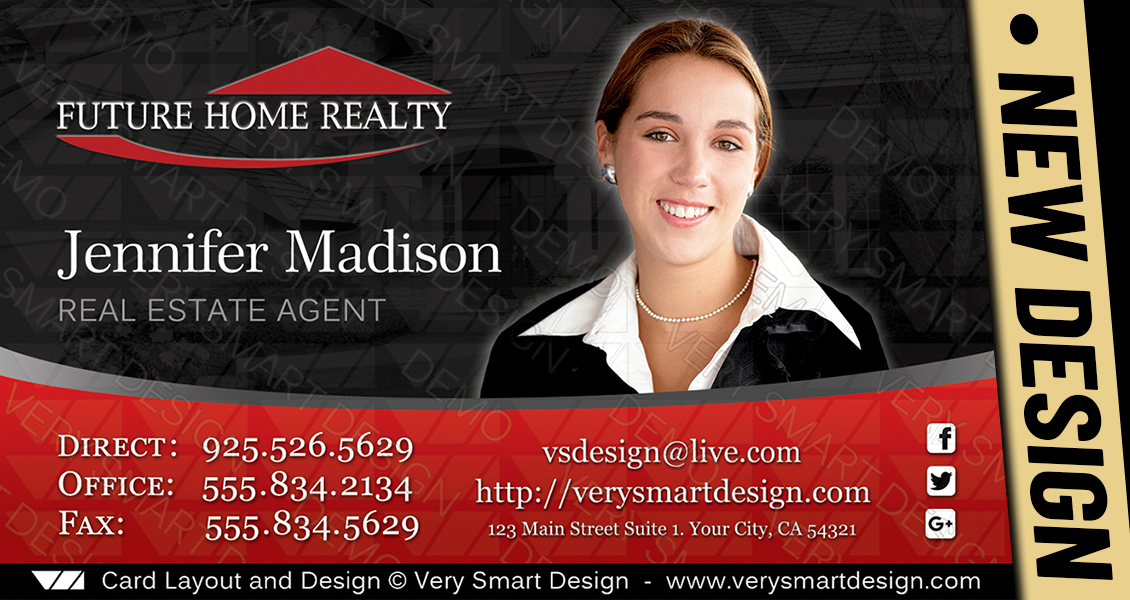
If you’re in the real estate industry, having professional business cards is essential for networking and establishing credibility. Your business card serves as a tangible representation of your brand and can leave a lasting impression on potential clients and business partners. However, not all business cards are created equal, and there are specific requirements you should consider when designing and printing real estate business cards. In this article, we will explore the key requirements to ensure your business cards effectively represent your real estate business.
What Information to Include
When designing your real estate business cards, it’s crucial to include the necessary information that will help potential clients and business partners reach out to you easily. Here are some key details you should consider including:
- Your Name: Display your full name prominently on your business card to establish your personal brand and make a lasting impression.
- Contact Information: Include your phone number, email address, and website URL. These details make it convenient for people to get in touch and learn more about your services.
- Company Logo: Displaying your company logo on your business card reinforces your brand identity and professionalism.
- Real Estate License Number: Depending on your location, including your real estate license number may be a legal requirement. Check local regulations to ensure compliance.
- Social Media Profiles: If you actively engage on social media platforms, consider including your handles for LinkedIn, Twitter, or Facebook. This can help strengthen your online presence and foster connections.
Including these key details on your business card ensures that potential clients can easily find and remember you when they need real estate services or referrals.
Essential Design Elements

Apart from the information mentioned above, there are some design elements that will make your real estate business card visually appealing and professional. Consider the following design requirements:
- High-Quality Printing: Opt for professional printing services to ensure your business cards are printed on high-quality cardstock. This will prevent them from looking flimsy or easily damaged, enhancing their longevity.
- Readable Font: Choose a font that is easy to read and visually appealing. Avoid using overly elaborate or cursive fonts that could make it difficult for recipients to decipher your contact information.
- Contrasting Colors: Use colors that are eye-catching but avoid excessive use of bright or contrasting colors that may distract from the important information on your business card. Stick to your brand’s color scheme to maintain consistency.
- Hierarchy of Information: Arrange the information on your business card in a logical order, ensuring that the most important details are displayed prominently. This can help potential clients quickly locate the information they need.
- White Space: Allow for adequate white space on your business card to create a clean and professional look. Avoid overcrowding the card with text or images to maintain visual clarity.
By considering these design elements, you can create a visually appealing business card that effectively represents your real estate business.
Legal and Regulatory Considerations
In some regions, there may be specific legal and regulatory requirements for real estate business cards. Before finalizing your design, ensure you are compliant by considering the following:
- Real Estate License Number: As mentioned earlier, depending on your location, including your real estate license number may be mandatory. Research local real estate regulations to ensure you adhere to licensing requirements.
- Disclosures: Some jurisdictions require certain disclosures to be included on your business cards. These disclosures may relate to agency relationships or any other legal disclaimers that must be made available to the public. Familiarize yourself with local regulations to ensure compliance.
- Fair Housing Act Compliance: If you are operating in the United States, ensure that your business cards comply with the Fair Housing Act. This legislation prohibits discrimination in the sale, rental, and financing of housing based on race, color, religion, sex, or national origin. Avoid using any language or imagery that may suggest discriminatory practices.
Understanding and adhering to legal and regulatory requirements will protect you from potential legal issues and ensure your business cards are up to standard.
Additional Considerations

While the above requirements cover the basics for real estate business cards, there are a few additional considerations you may want to keep in mind:
- Print Quantity: Determine how many business cards you will need based on your networking activities. It’s better to have too many than too few.
- Card Size: Consider standard business card sizes to ensure your cards fit seamlessly into recipients’ wallets or business card holders. The typical size is 3.5 inches by 2 inches.
- Double-Sided Printing: Take advantage of the available space by utilizing both sides of your business card. You can include additional information, showcase property photos, or add a personalized message.
- Paper Finish: Choose between matte and glossy finishes based on your personal preference. Matte finishes generally provide a more elegant and professional look, while glossy finishes can give your business cards a vibrant and eye-catching appearance.
By paying attention to these additional considerations, you can further customize your real estate business cards to reflect your brand and make a memorable impression.
In Conclusion
Designing and printing real estate business cards that meet the requirements of your industry is vital for effective networking and branding. By including the necessary information, considering design elements, adhering to legal and regulatory obligations, and addressing additional considerations, you can create professional business cards that leave a positive impression on potential clients and business partners. Remember to always review local regulations to ensure compliance and aim to provide business cards that effectively represent your real estate business.
Olivia Reynolds, a marketing maven, is passionate about the impact of graphic design on brand success. Her love for outdoor adventures and travel fuels her fresh perspective on the importance of visual aesthetics in business cards and branding.